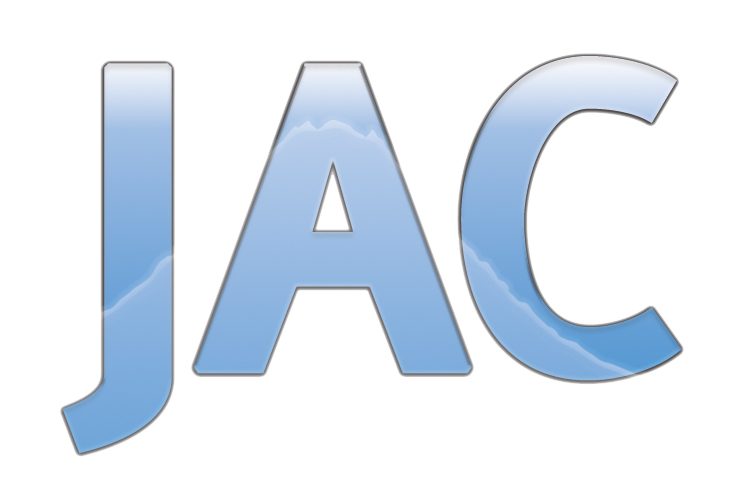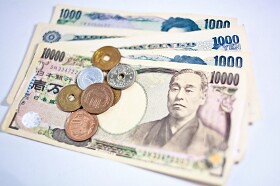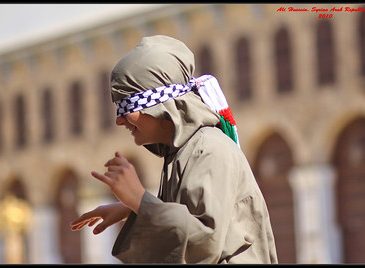If you’ve ever tried to learn Japanese, you will very soon have found out how they love to complicate numbers. And if you haven’t started learning Japanese then read on and you might decide not to bother!
For a start, there are two words for four (shi and yon) and two words for seven (nana and shichi). I don’t think there are any rules for which one to use in which situation, you just have to remember. And some numbers often get contracted, so ichi sometimes becomes i and hatchi sometimes becomes ha.
In many cases when counting things, you can’t just say the number and the noun as you can in English, for example two people or two tables, as there are special numbers in such cases. When counting people, you must use “people” numbers such as hitori and futari for one person and two people; and when counting things, you must use hitotsu and futatsu. But it doesn’t stop there, as there are usually special counters which you must use too. So if you want to say three stamps, you cannot say san kitte, you have to say kitte o san mai, where mai denotes flat thin objects. However, for long round objects, you must use hon, for example, nihon, though this changes to pon when meaning one, as in ippon, and bon, when meaning three, as in sanbon. For small animals, you must use hiki, (ippiki, nihiki, sanbiki) and so on.
When it comes to dates, as with the English “first of March” there are special ordinal numbers, but at least we settle down pretty quickly and just add “th” or “nd” to the number. Not so in Japanese, as some of the words seem to bear no relation to the cardinal number. For example, “first” to “tenth” or tsuitachi to tooka are all irregular and so is “twentieth” (hatsuka).
Even the concept of thousands and millions gets its own Japanese twist as ten thousand is a unit in its own right called man. So 100,000 is ten ten thousands or ju man and 1,000,000 is one hundred ten thousands or hyaku man. We see the comma in a number as a separator but the Japanese don’t seem to worry about it. I can tell you this makes mental arithmetic quite a challenge, especially when you’re trying to convert to your own currency in your head at the same time.
You might think that you could at least get by in Japan by reading and writing numbers even if you can’t say them correctly, which is true in a lot of cases but here and there you will see the Japanese characters. Take a look at the coins in your pocket and you will see 五円 (go en) on the 5 yen coin, 百円 (hyaku en) on the 100 yen coin, 千円 (sen en) on the 1,000 yen note and 万円 (ichiman en) on the 10,000 yen note. Restaurants, too, like to display all their prices using Japanese characters.
At the local soba restaurant today, I chose the 100% wholemeal soba and asked the waitress for hyaku parcento soba. I knew it couldn’t be that easy and sure enough, my friend corrected me. Ju wari is what I should have said, which means ten ten percents.
All this might give you the idea that I can actually speak some Japanese and I know what I’m talking about. Well, as I said, it’s a hard language to learn and I still feel like a beginner. And there could well be a mistake or two somewhere in the above. Now, I wonder what the counter for mistakes is?




